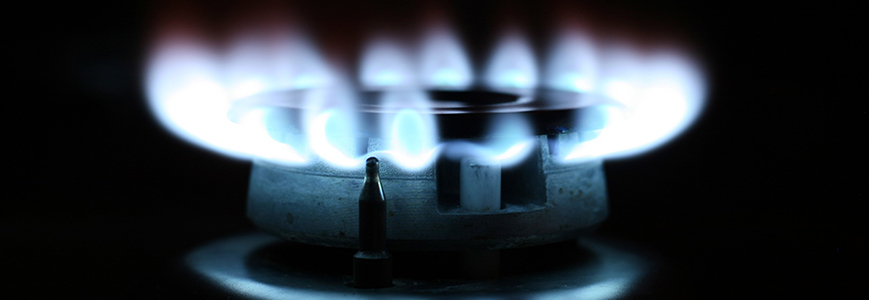If Your Walls Could Talk

...they'd tell you if there was carbon monoxide in your home. And someday they might.
If you’re worried about carbon monoxide poisoning, you might purchase a detector for your home. But what if your house itself could sense this and other potentially harmful substances – natural gas, formaldehyde, or even some of the chemicals in smog – using sensors built into the walls themselves?
A new class of tools being developed at NIST’s Physical Measurements Laboratory (PML) has the potential do this and more, someday, by manipulating light.
Thinner than a human hair, the new detectors are made of optical fibers similar to the ones used for network communications. Scientists shine light into one end of a fiber. Any deformation – such as bending, expanding, or compressing – can change the signal that comes out the other end. To turn one of these fibers into a chemical detector, the researchers needed to coax the fibers into bending when exposed to a particular substance.
They started with a relatively innocuous target chemical: water. After testing different materials, they settled on one that absorbs water vapor in the air like a sponge, and carefully coated the fibers with it. When saturated, the coating expands, and the fiber straightens. But as it dries, the coating shrinks, and the fiber bends, changing the light signal that passes through.
In the future, the NIST team will explore other coatings to find ones sensitive not to water but to noxious gases such as carbon monoxide. And the uses don’t stop at chemical detection: The fibers also deform in response to changes in temperature and pressure. This means that these skinny sensors could be built into roads and bridges to monitor the health of these structures in real time – continuously and relatively cheaply – over months and even years.
Researchers could embed the fiber sensors into concrete as it sets, too, to get information that can be used to make better recipes for building materials.
“If you understood the chemistry better, you could optimize the concrete you’re making to get something that would last for thousands of years,” the researchers say.
Contacts
-
PML webmaster

